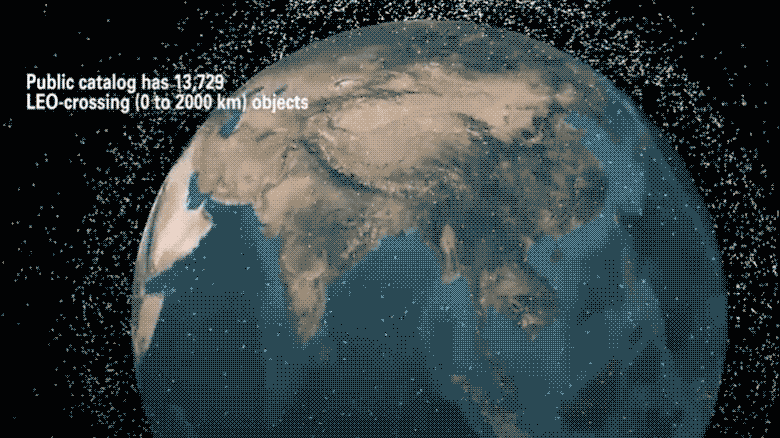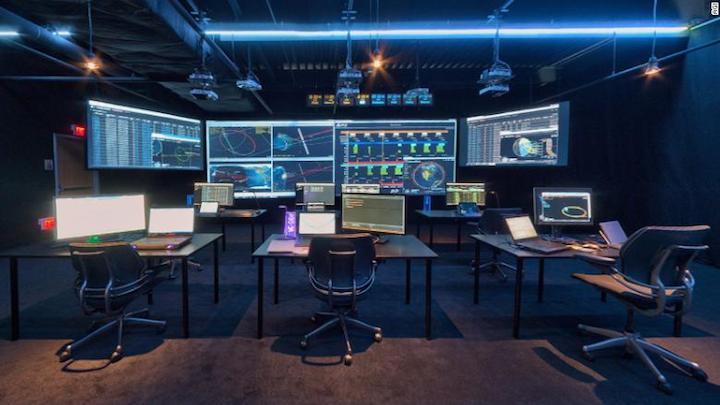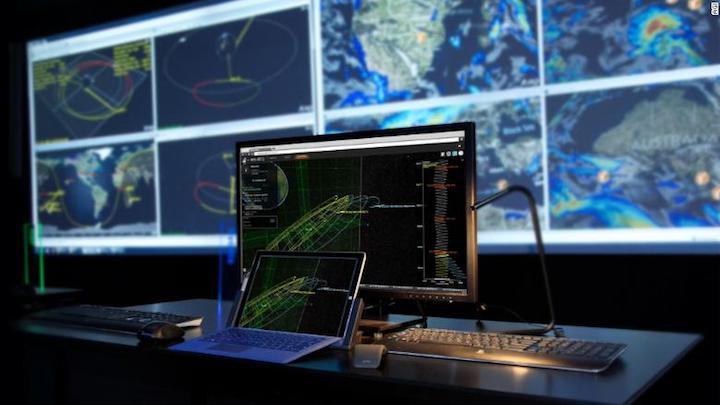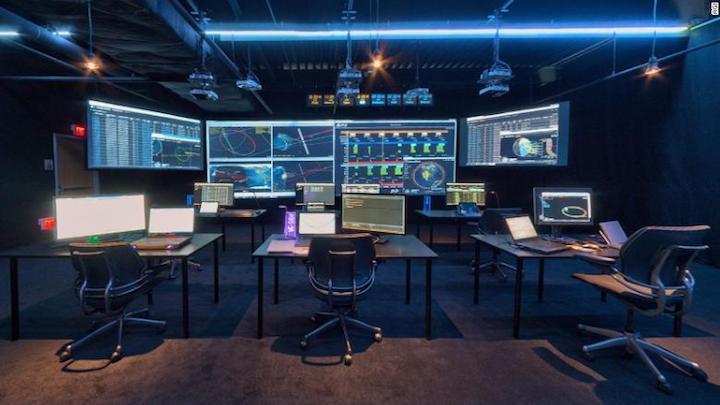27.08.2018
In a nondescript office building in the suburbs of Philadelphia, a software company is watching thousands of pieces of junk floating around in space.
One mission of Analytical Graphics Inc., or AGI, is to ensure that none of that garbage comes close to colliding with the dozens of billion-dollar communications satellites orbiting Earth.
Debris in space is a serious issue. Millions of pieces are already whirling around, the result of 50 years of space travel and few regulations to keep space clean.
The junk includes defunct satellites, discarded rocket boosters, and tiny pieces of garbage from a prior collision. At orbital speeds, something as small as a ping pong ball could blow a hole in a critical satellite.
Collisions can set off disastrous chain reactions, spawning thousands of new pieces of debris. Too much junk in one orbital field can render it useless. And too much junk around Earth could mean all spaceflight comes to a grinding halt.
That could mean an end to scientific exploration, GPS service, and satellite TV, internet and phone service for millions of people.

Tracking debris
The US government and regulators around the world have long worked to track spaceborne objects and mitigate threats.
About five years ago, AGI launched a program called ComSpOC, making it one of a the few private-sector companies in the business of tracking objects in space.
"We say we don't have competitors" in the private sector, CEO Paul Graziani told CNN during a recent tour of the ComSpOC headquarters. "There are some companies ... focused on the sensor side of things. They have a lot of telescopes all over the world. But that data has to be processed. This is really our strong suit. This is what we do that nobody else does."
It's new territory for AGI. The 30-year-old software company is known for creating intricate 3-D models and maps. For example, the map of Earth you see at Christmas when NORAD "tracks Santa" is created by AGI.
ComSpOC's headquarters are in a dimly lit room, painted wall-to-wall black, where AGI employees stare at giant glowing monitors that constantly update the projected path of various objects. They look eight days into the future, scanning for possible collisions.

Identifying risk
ComSpOC is tracking about 2,500 objects that are of interest to AGI's current or prospective customers, though the software is capable of handling information about hundreds of thousands of objects.
AGI has spent tens of millions of dollars buying data from operators of telescopes, radio antennae and radars, and the company has also purchased its own data collection devices.
If a risk is identified — say a dead satellite could drift within 50 kilometers of an active communications satellite that belongs to one of AGI's customers — the company will alert the satellite operator.
Then, the operator may choose to fire up the satellite's thrusters and maneuver it out of harm's way.
Space is huge, and despite the number of inanimate objects orbiting Earth, the risk of a crash remains low. It's also impossible to track objects in space with absolute precision, so there's always some uncertainty.
Given the odds, satellite operators don't always choose to maneuver their spacecrafts, according to Robert Hall, the director of ComSpOC at AGI.
Private v. government
AGI wants ComSpOC to be a premium version of a program currently run by the US military. That program, called the Joint Space Operations Center, or JSpOC, also tracks debris and warns satellite operators of potential risks. It does so free of charge.
AGI is betting that some satellite operators are willing to pay for more detailed information, hands-on service, and the use of AGI's intricate, visually striking software.

They also wanted to prove that AGI could handle JSpOC's duties — and do it at a lower cost than the billion-plus the US government spends.
AGI has landed government and national security contracts. The company's private-sector customers primarily operate satellites in geosynchronous orbit, which is located roughly 22,000 miles from Earth.
Communications companies, such as US-based ViaSat or British firm Inmarsat, spend heavily to design, build and launch hefty satellites.
So, it makes sense those types of companies would be more willing to invest in AGI's ComSpOC services than an Earth-imaging company that put a few small, inexpensive satellites into low-Earth orbit, Hall said. Though, Hall added, AGI is always interested in broadening its base of customers.
The vast majority of space junk is located in low-Earth orbit, or LEO, which is less than 2,000 km above the ground. LEO is where the International Space Station orbits and companies like OneWeb and SpaceX are planning to launch constellations that will put thousands of new satellites in orbit.
Like many others in the space exploration community, Paul Welsh, AGI's vice president of business development, thinks the need for better regulation of spaceflight is pressing. There should be stricter worldwide rules, Welsh says, aimed at ensuring new satellites won't become space junk in the future.
Also like many others, Welsh is only cautiously optimistic the world can avoid disaster.
"I have faith in tech," he said. But the question is: "Is it going to take some catastrophe to be a catalyst for action?"
Quelle: CNN

